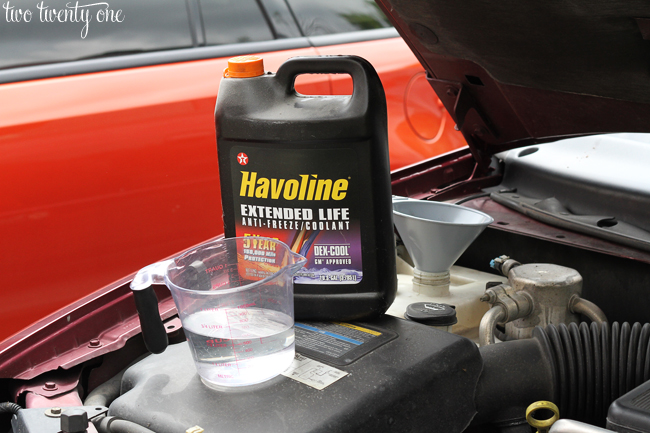


Firstly you’ll need to collect a sample of the clean bottle with a lid.You can use a simple and easy test to determine whether the foaming issue is caused by a mechanical or because of the coolant. How Do You Determine The Issue With The Foaming Problem? Foaming can often be a sign of an underlying condition most of the time. Some sort of contamination in the coolant can also be responsible for forming foam in the coolant.If there is an inadequate lubricating oil level in the system, the coolant can become agitated and start to get foamy. Some other causes for foaming of the antifreeze can also be because of the lack of lubricating oil in the system.These tiny air bubbles can get into the coolant because of a leakage somewhere in the coolant system. The primary or root cause of the antifreeze’s foaming is the presence of air bubbles in the coolant.What Are The Causes For Foam Build-Up In The Antifreeze? Using distilled water as a base for the coolant can also stop the coolant from foaming in the tank.You can repeat this process until you notice the foam disappearing. When the foam disappears, then you can stop. You add a small amount of calcium carbonate or calcium acetate to your coolant solution.Without a properly functioning coolant, the car’s engine would heat up, resulting in an engine failure. Coolant foaming can be a very annoying issue.How Can You Stop Your Coolant From Foaming? If you are experiencing low cooling system integrity, you should consider replacing the coolant.Some faulty or fouled spark plugs in the car can also indicate a defective gasket in your vehicle.The formation of a milky white oil-like substance on the coolant is also an indicator of something wrong with the coolant.You should either replace the coolant or get the problem fixed by a mechanic. If your vehicle is experiencing overheating of the engine, then you should not take it lightly.Bubbles in the radiator tank of your car are also not suitable for high performance.If there is visible white smoke from the exhaust pipe, it indicates a faulty gasket.

This is a sign of the head gasket being blown away. Suppose you see the coolant leaking externally or from below the exhaust.If you think that your head gasket is blown, you can check that by following a few simple steps. In most cases, foam in the coolant is just the residue or crap getting stirred up in the flush or the filter tank. If you see white foam on the coolant, it indicates a problem. You can remove the oil cap on the coolant to check the coolant level. This article will learn about the possible reasons for the antifreeze to get foamy and how you should tackle it.Ī foamy antifreeze could mean that the coolant has oil in it. The foaming of the coolant could also mean that the antifreeze is heating up. White foaming in the coolant or the antifreeze can mean that your gasket is about to start when the engine hits its combustion cycle. Apparently older engines like mine should have green coolant but yellow was all he had on his shelves and he knew the model variant.Why is my antifreeze foamy? What could be the reason behind foamy antifreeze? Can it be harmful to my car? How can I stop my coolant from foaming? Answers to all this and more, coming up! I drained the block using the plug on the side, ran fresh water in using our shower head, waited for clear water to appear, put the plug back in, ran the engine under load 3 times, half an hour each time, draining and refilling.īlock water now the colour of tap water, drained it, put in the only coolant the local Volvo agent had. In 2015 I had a burst of enthusiasm whereby I changed and threw away a perfectly serviceable saildrive gasket that looked and felt exactly like the new one, and decided to drain the coolant. I couldn’t see the point of changing it but the world has changed and along with our cars brake fluid we have to change the coolant every two years. It never leaked or overflowed or froze so apart from normal maintenance checks I ignored it.


 0 kommentar(er)
0 kommentar(er)
